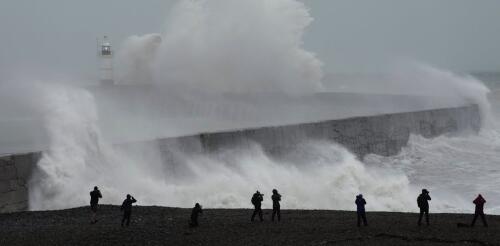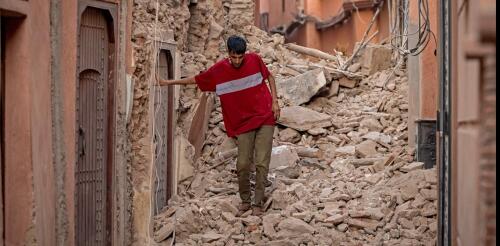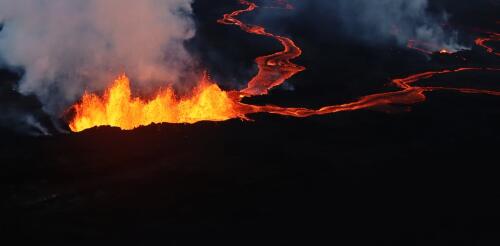Seismology
As oceans waves rise and fall, they apply forces to the sea floor below and generate seismic waves. These seismic waves are so powerful and widespread that they show up as a steady thrum on seismographs, the same instruments used to monitor and study earthquakes. That wave signal has been getting more intense in recent decades, reflecting increasingly stormy seas and higher ocean swell. In a new study in the journal Nature Communications, colleagues and I tracked that increase around the world over the past four decades. These global data, along with other ocean, satellite and regional seismic studies, show a decadeslong increase in wave energy that coincides with increasing storminess attributed to rising global temperatures. What seismology has to do with ocean waves Global seismographic networks are best known for monitoring and studying earthquakes and for allowing scientists to create images of the planet’s deep interior. These highly sensitive instruments continu...
Earthquakes, large and small, happen every single day along zones that wrap around the world like seams on a baseball. Most don’t bother anybody, so they don’t make the news. But every now and then a catastrophic earthquake hits people somewhere in the world with horrific destruction and immense suffering. On Oct. 7, 2023, a 6.3 magnitude earthquake struck near the historic city of Herat, Afghanistan, leaving more than 1,000 people dead in the rubble, according to estimates. It was followed by two more earthquakes, just as powerful, on Oct. 11 and Oct. 15. A few weeks earlier, on Sept. 8, a 6.8 magnitude earthquake shook ancient villages apart in the Atlas Mountains of Morocco, killing nearly 3,000 people. In February 2023, a large area of Turkey and Syria was devastated by two major earthquakes that hit in close succession. As a geologist, I study the forces that cause earthquakes. Here’s why some seismic zones are very active while others may be quiet for ge...
Hawaii’s Mauna Loa, the world’s largest active volcano, began sending up fountains of glowing rock and spilling lava from fissures as its first eruption in nearly four decades began on Nov. 27, 2022. Where does that molten rock come from? We asked Gabi Laske, a geophysicist at the University of California-San Diego who led one of the first projects to map the deep plumbing that feeds the Hawaiian Islands’ volcanoes, to explain. Where is the magma surfacing at Mauna Loa coming from? The magma that comes out of Mauna Loa comes from a series of magma chambers found between about 1 and 25 miles (2 and 40 km) below the surface. These magma chambers are only temporary storage places with magma and gases, and are not where the magma originally came from. The origin is much deeper in Earth’s mantle, perhaps more than 620 miles (1,000 km) deep. Some scientists even postulate that the magma comes from a depth of 1,800 miles (2,900 km), where the mantle meets...


